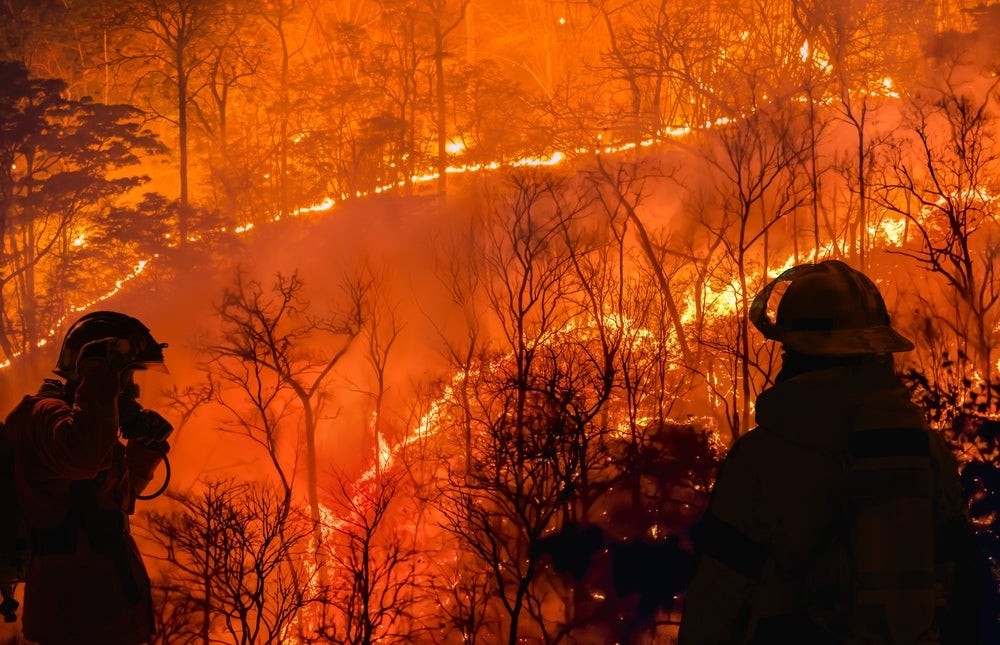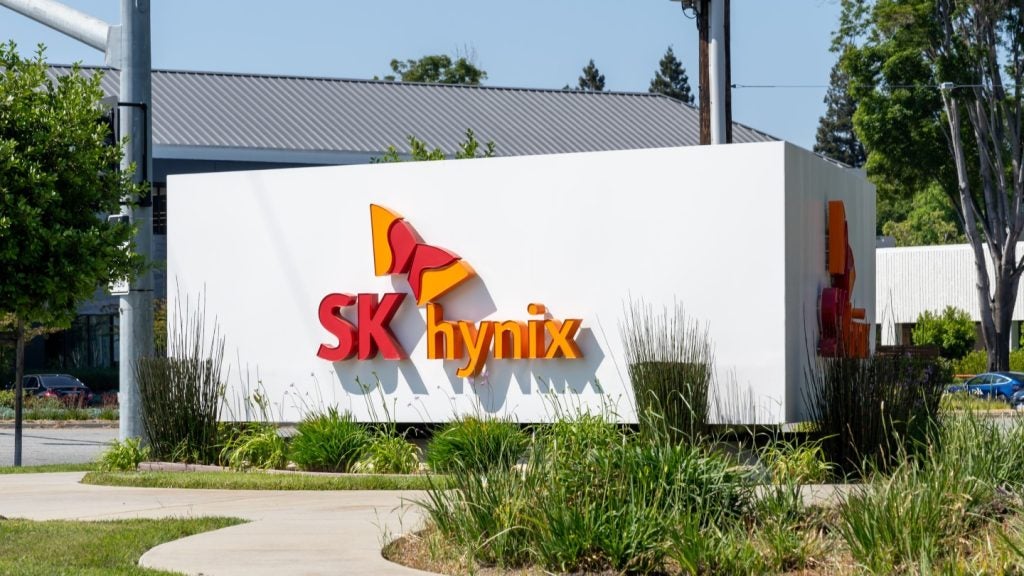Wildfires are a natural occurrence for most environments and can be rejuvenating for ecosystems.
Despite the risks they pose to populations and urban centres, they should be recognized as an important but powerful part of nature. Humans have, however, responded to the threats to urban development with advancements in wildfire technologies.
Australia is hurtling straight into its latest bushfire season
Australia’s 2023/24 bushfire season is fortunately predicted to not be as devastating as the ‘Black Summer’ that caused widespread destruction and fatalities in 2019 and 2020. Two years of prolonged drought were key in making ‘Black Summer’ the worst bushfire season in recent memory.
Despite somewhat positive predictions for the year ahead, the Australian Fire Service (AFAC) reported that Sydney and Brisbane were at increased risk of fires at the end of December. December has already seen record-breaking temperatures with Sydney reaching 43.5oC; 15oC higher than monthly averages. Perth also already experienced destructive fires in 2023 that struck 18 homes. Ahead of bushfire season, authorities and populations will be preparing to mitigate damage and looking to developments in wildfire technologies to support monitoring and managing efforts.
Wildfires, sensors, satellites, and flying hoses
The key to managing wildfires is not in stopping them. As mentioned above, wildfires provide a positive purpose to nature, but for safety reasons, it is important to monitor, track, and control them before they spread to megafires. Technological advancements are helping to support these efforts, which include sensors and satellites for early warning systems and robots and flying hose pipes to support firefighters in suppression efforts.
Examples of these technologies are:
How well do you really know your competitors?
Access the most comprehensive Company Profiles on the market, powered by GlobalData. Save hours of research. Gain competitive edge.

Thank you!
Your download email will arrive shortly
Not ready to buy yet? Download a free sample
We are confident about the unique quality of our Company Profiles. However, we want you to make the most beneficial decision for your business, so we offer a free sample that you can download by submitting the below form
By GlobalData- AI sensors: Multiple companies have been developing AI-based sensors that monitor atmospheric properties. Atmospheric changes in gas levels, temperature, and humidity could all be indications of nearby fires. One example is Cal Fire, whose sensors use cameras to pick up signs of early blazes. Sensors by themselves will not stop fires but will be beneficial as the first level of multi-layered fire systems. They could act as fire alarms, informing local authorities of potential ignitions in remote and unmonitored areas so fires can be contained. Fires become dangerous when they are allowed to grow and multiple small blazes merge, so early detection prevents widespread damage.
- Satellites: The Fire Urgency Estimator in Geosynchronous Orbit (FUEGO) is in the early stages of development in California. The constellation will have a series of infrared sensors orbiting the Earth and aims to provide real-time fire updates for authorities and fire services.
- Firemap: Using AI to combine images from mountaintop cameras scanning for puffs of smoke, local weather data, and satellite imagery, Firemap aims to reduce response times and help authoritative planning on wildfire management. Constant updates and AI modeling will help track potential fire paths and streamline management efforts. This will be an invaluable predictive model and could help jumpstart responses to blazes and contain fires before they become destructive.
- Flying hose pipes: Teams in Portugal have been developing hose pipes attached to drones. The prototypes fly around 15 meters above fires with two powerful streams of water. In tests, the drones have been able to put the fire out in two and a half minutes. So far, the drone has only been tested on small blazes. They will be most beneficial in putting out early ignitions before they can spread and control blazes before they grow out of control. Similar suppression technologies are being developed across the world.
The benefits of these technologies are evident and some of them are already being used. As Australia is entering another bushfire season and wildfires are growing in severity and frequency across the globe, technologies like the ones outlined will become more and more significant.








